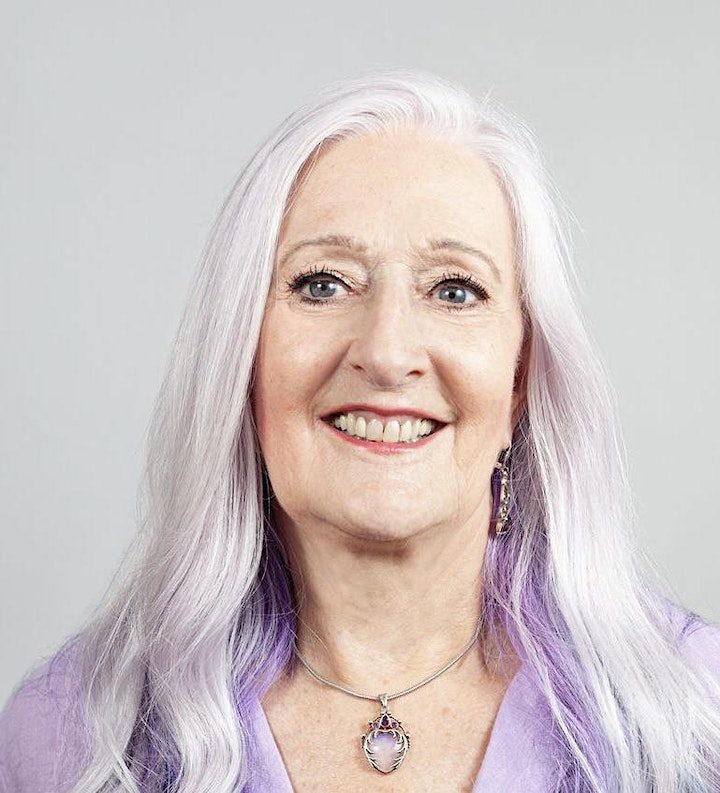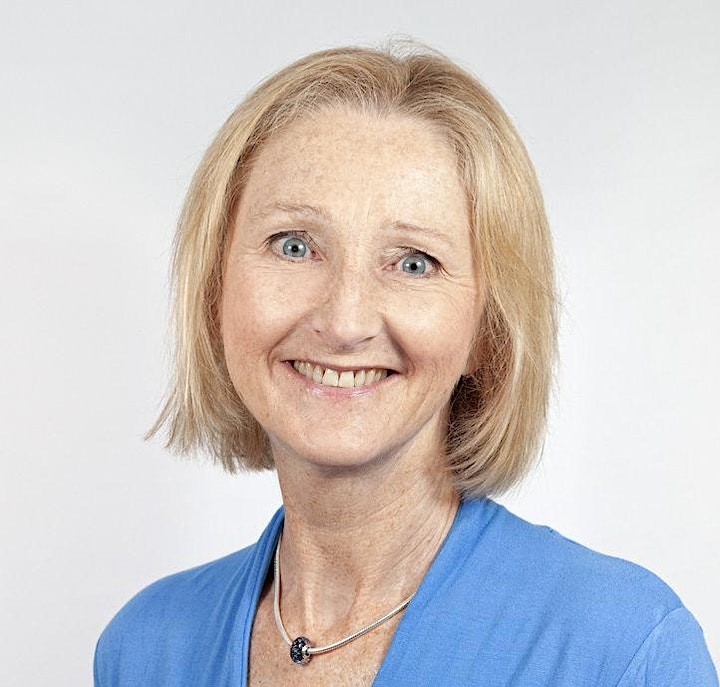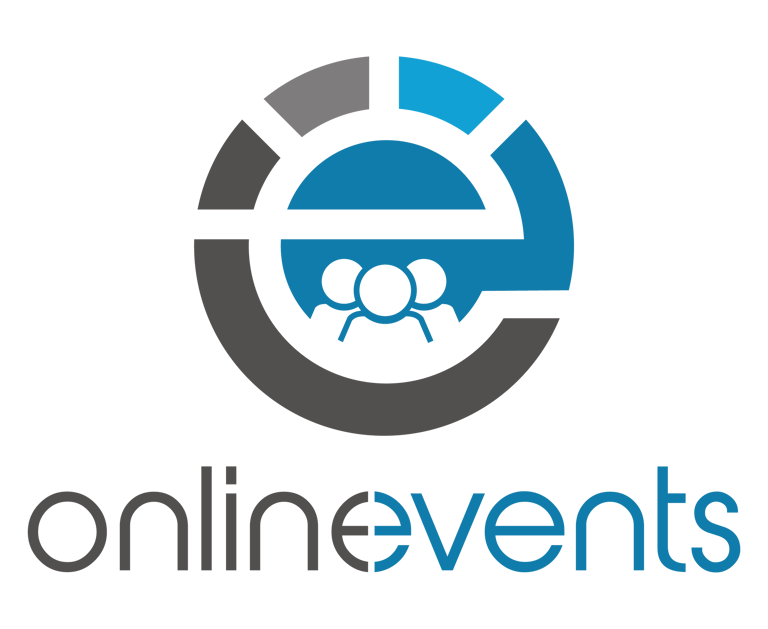When life gets stressful and uncertain, many of us fall into familiar patterns that drain our energy—whether it’s the role of the persecutor, the victim, or the rescuer. These roles can feel automatic, but they require effort to sustain, leaving us feeling stuck and depleted.
What if your clients could break free from these default responses and access a more empowered, resourceful mindset? With this innovative approach, you can guide them to uncover their current patterns and consciously shift into a role that fosters resilience and well-being. Help your clients harness their inner strengths and unlock new ways to navigate life’s challenges with clarity and confidence.
The Drama Triangle was originated by Stephen Karpman in 1968 (Karpman, S. (1968). Fairy tales and script drama analysis. Transactional Analysis Bulletin, 7(26), 39-43)
Bringing Creativity to all Practitioners
The often overlooked yet profound outcome of creativity is the personal development and awareness that emerges when you create a representation or symbol of a challenging issue. Even for those who never intend to use creativity professionally, it offers a powerful opportunity for self-discovery and deeper self-knowledge.
Unlock Creativity in Your Practice
Discover the power of creativity for personal insight and client transformation.
Our workshops and Practitioner-level courses have empowered over 4,000 professionals to bring creativity into their practice, revealing deep, often hidden patterns for lasting change.
Why Creativity?
When clients only use their conscious mind, they may be locked by their thought patterns or not be able to find the right vocabulary to truly express what is going on for them. And that means you may only have part of the story to work with.
Using Creativity as an approach bypasses the conscious mind and provides a pathway to the unconscious mind. And that enables feelings, thoughts, beliefs and values to come to the surface that would otherwise be hidden.
Join us to learn practical, easy-to-use creative methods—no artistic skill required!
Experience these tools yourself, working in pairs as both practitioner and client, so you leave confident and ready to use creativity in your sessions.
“Love these workshops, I have learned so much and now feel so much more confident using creative techniques with my clients.”
IT’S IMPORTANT TO KNOW:
- That you will be experiencing the creative Method first-hand and working in pairs as both practitioner and client to fully experience the process so you can feel confident taking this into your practice.
- We request that you work on something real for yourself, (and not your clients work), so that you feel the power of this approach
WHAT TO BRING
- A4 paper and any creative materials you like.
“I have learned so much from Christina and Lindsey over the last 18 months or so and today was no exception. I now use their techniques with many of my clients and love watching the clients moving forward, especially when they are stuck.”
Learning Objective Participants Can Expect From This Event
- Personal development through exploration of this topic and how it is showing up in your life.
- Realise how the power of creativity can complement your current practice.
- Become confident in using a creative approach in your practice
Who is This Workshop Appropriate For?
- Counsellors, art-therapists, therapists, coaches
How May This Workshop Impact Your Practice?
- It provides a repeatable step-by-step guide on how to work with the topic using a creative intervention and a set of ChrisLin Method questions.
Course Content
Presenter

We have worked together for many years and through our work, research and 50+ years of collective experience, our philosophy has taken shape. Together we have designed and developed ‘The ChrisLin Method’ which is a simple and effective way of working creatively with clients…….. Click the website button to read more

Christina trained as a humanistic psychologist and counsellor in the early 1980′s and then went on to develop skills in Art Therapy and sand play, and became a NLP Trainer, hypnotherapist and a Clean Language and Symbolic Modelling Practitioner. Christina brings a deep understanding of the structure of clients thinking and over 35 years’ experience to the ChrisLin Method. She has worked as a counsellor, personal coach, team consultant and executive development coach and today she is a Coach Supervisor, Executive and Leadership coach and works with individuals using her unique 2-day Chrysalis process.

Lindsey found her real calling and moved from a career in the Tech sector in Sales and HR to qualify as an NLP practitioner, trained in many approaches including Clean Language, Transactional Analysis, CBT and Motivational Interviewing and is CIPD qualified. Her work is highly influenced by Bessel van der Kolk, Peter Levine and Stephen Porges and she brings her knowledge of systemic processes and coaching skills to co-develop the creative interventions of the ChrisLin Methods. Today she works with corporate and private clients who are at a significant crossroads in their lives, including those who are Neurodiverse.
Christina and Lindsey are co-authors of The ChrisLin Method, 5 Steps for Working with Imagery and Metaphor.


